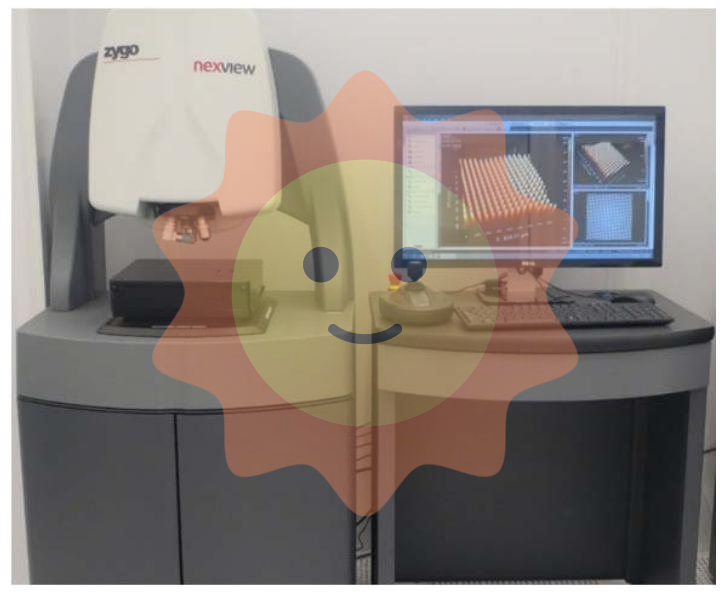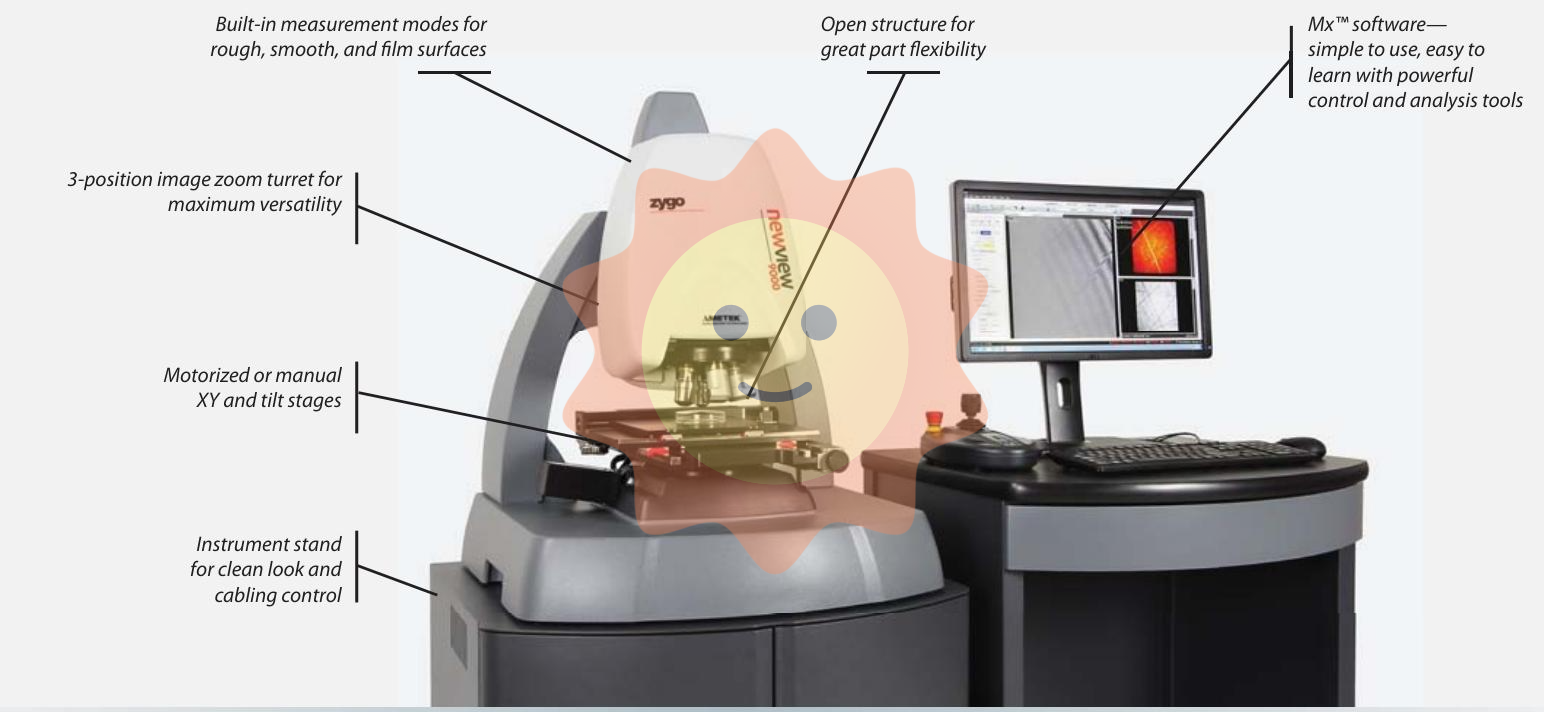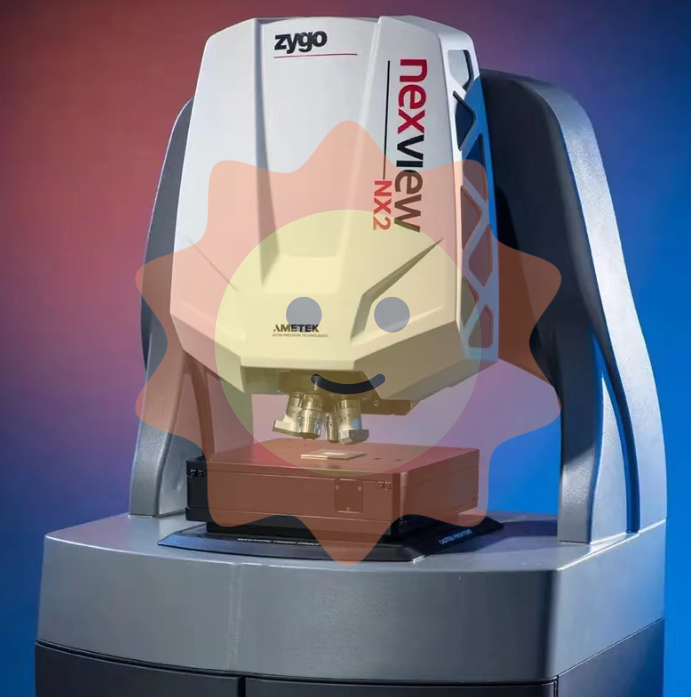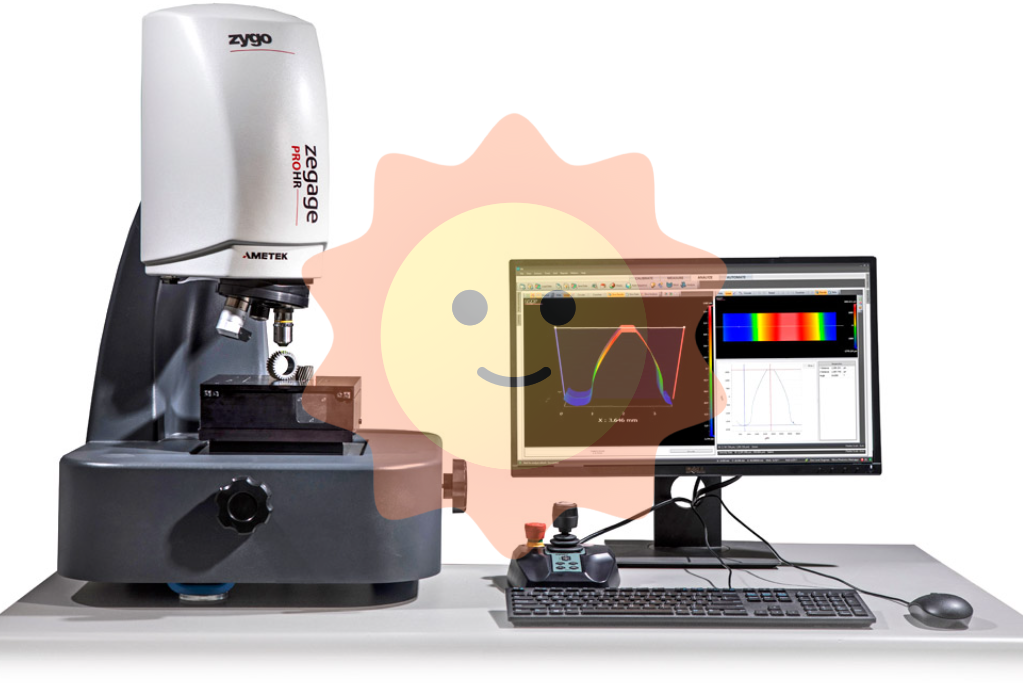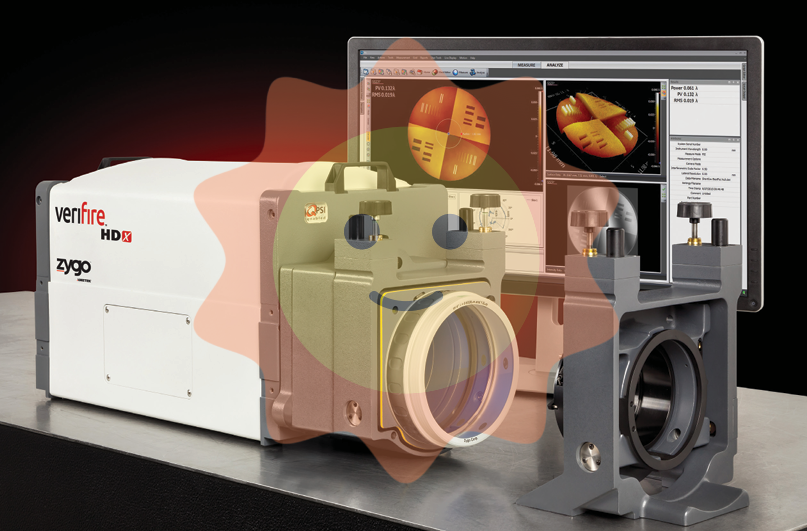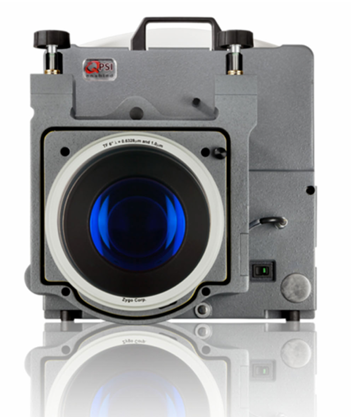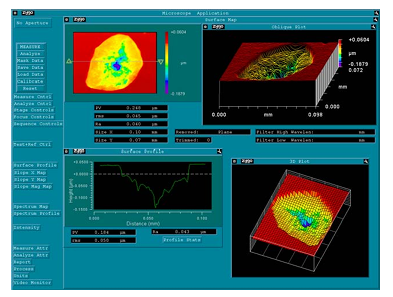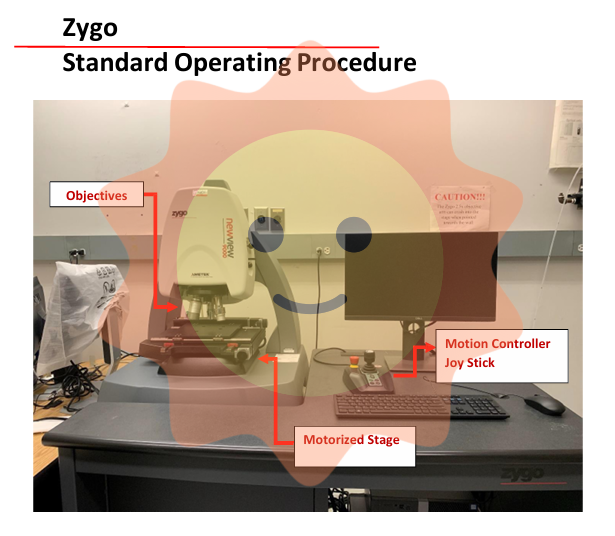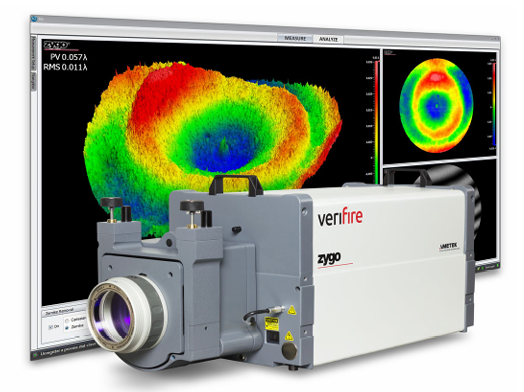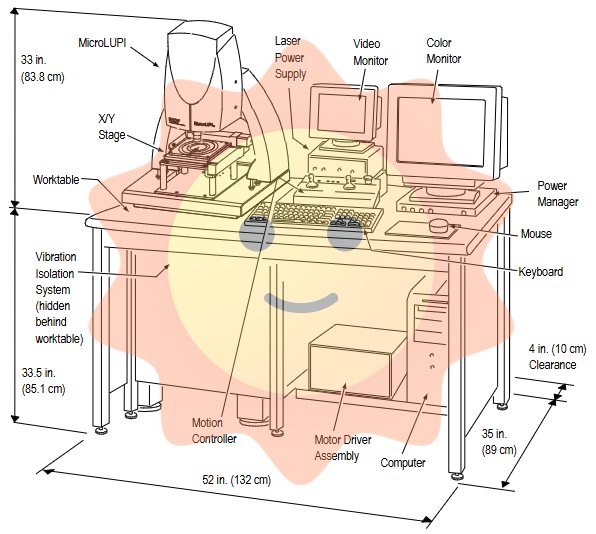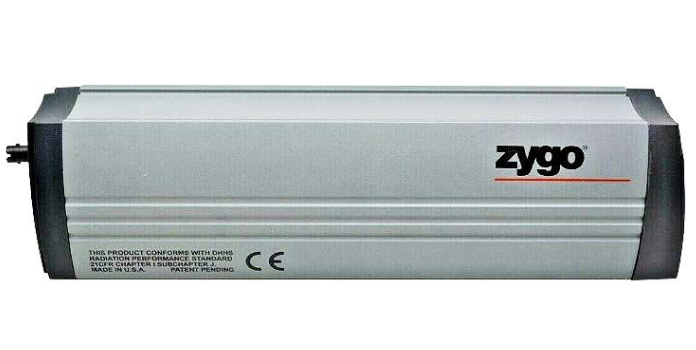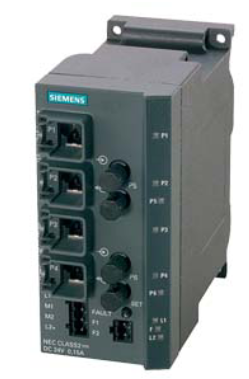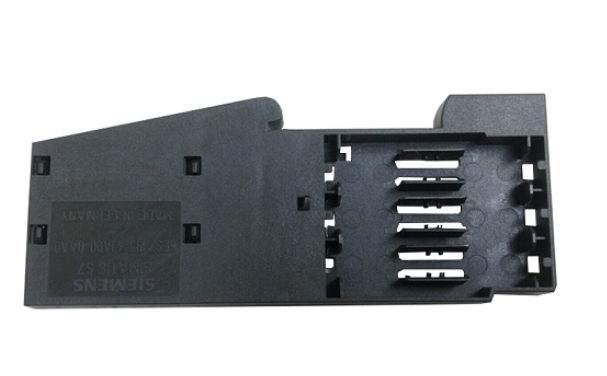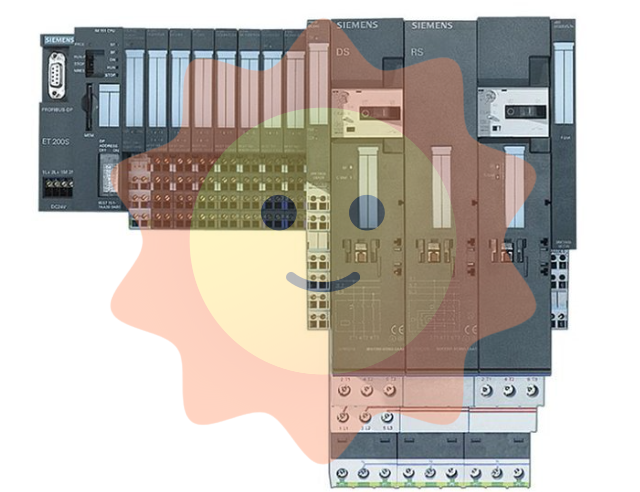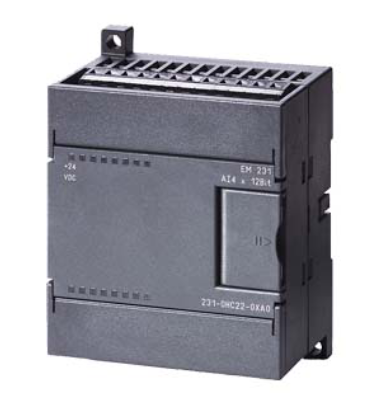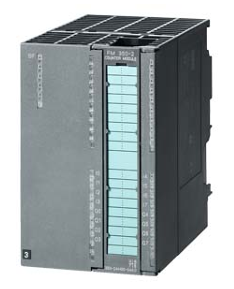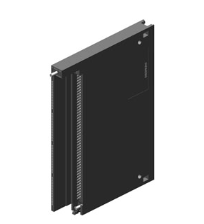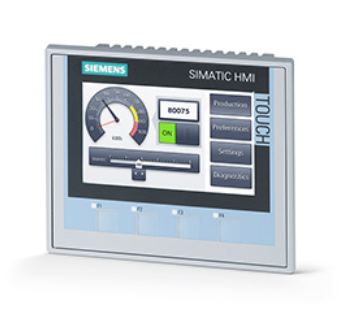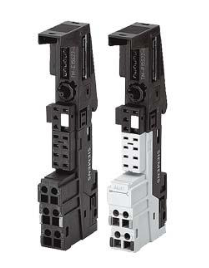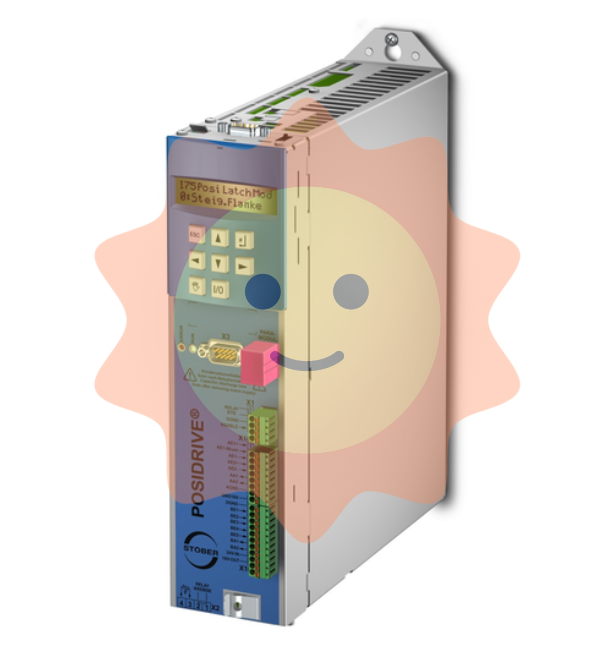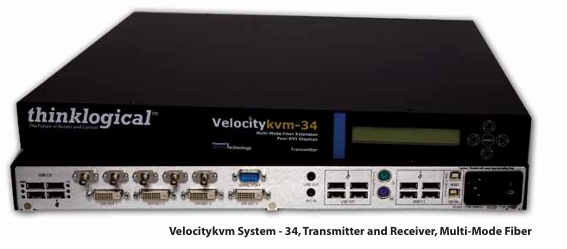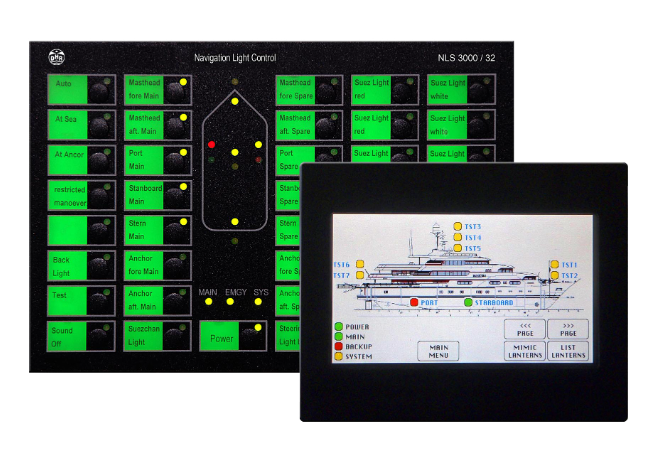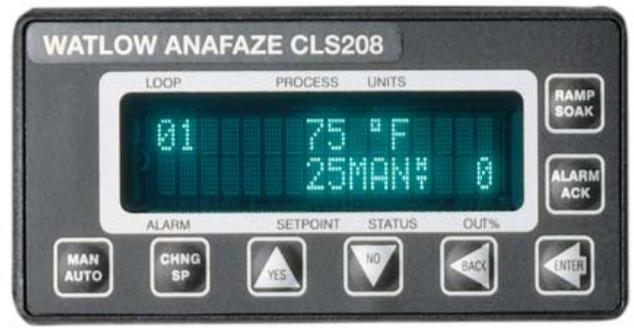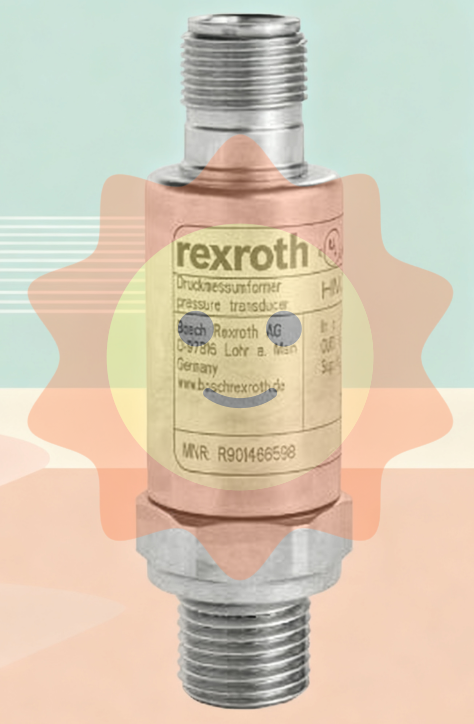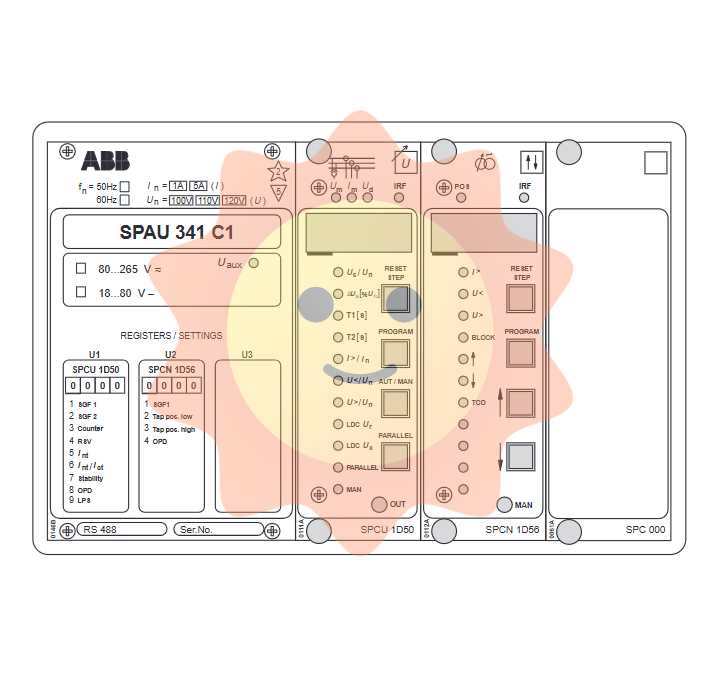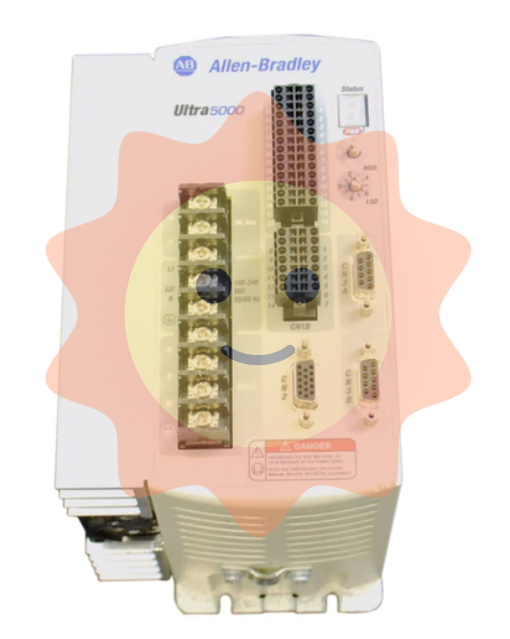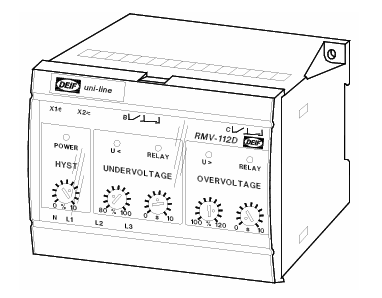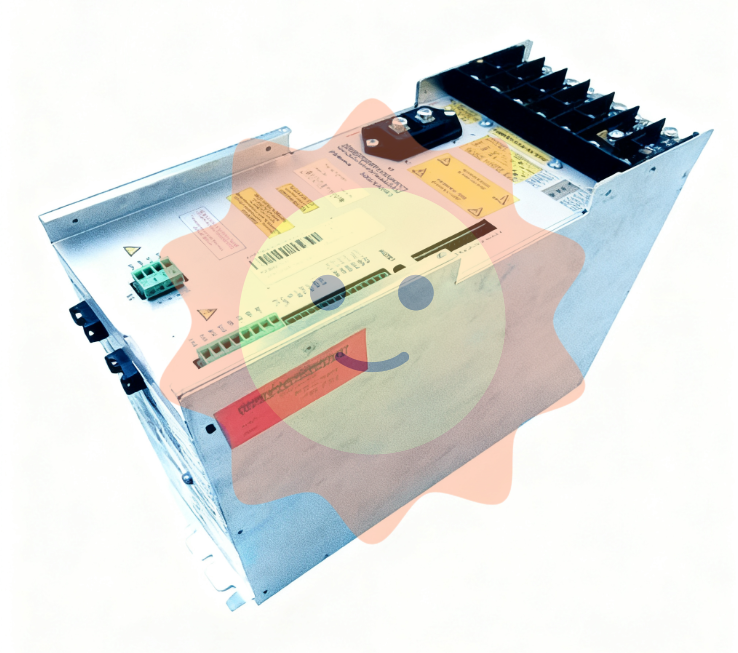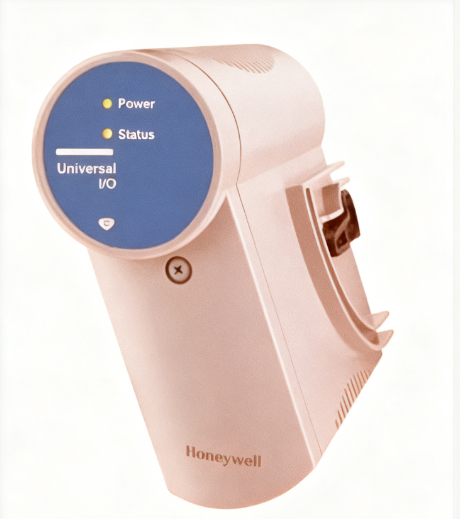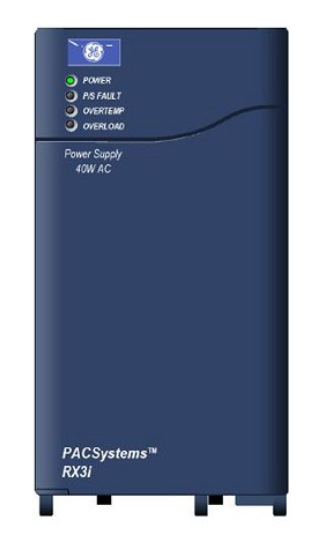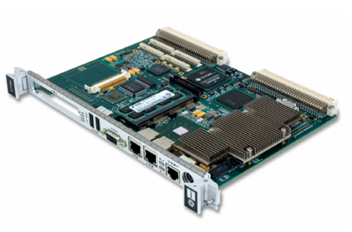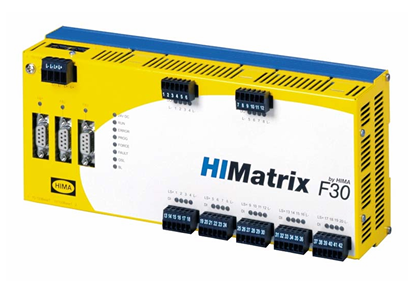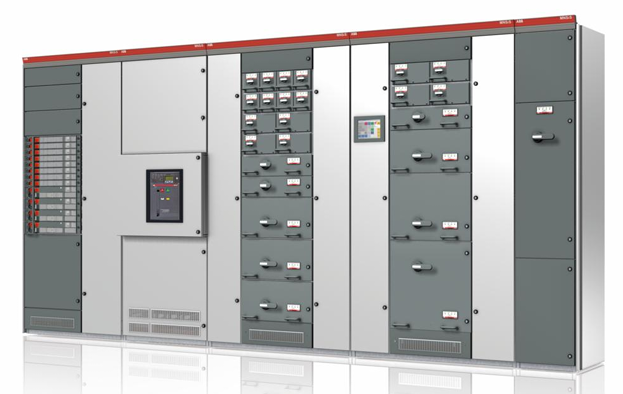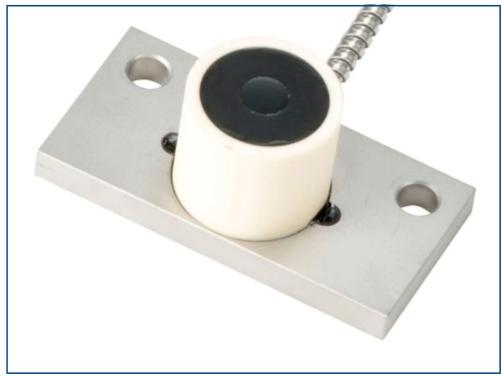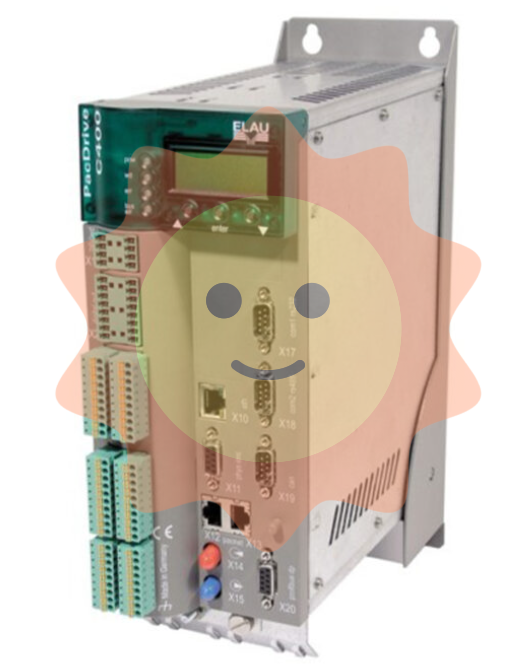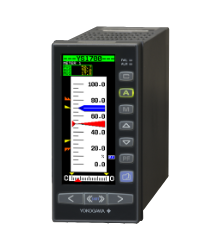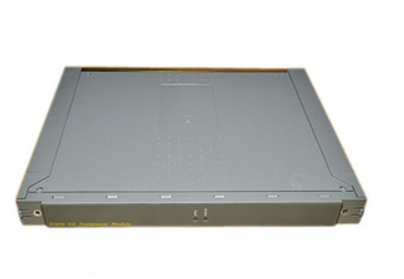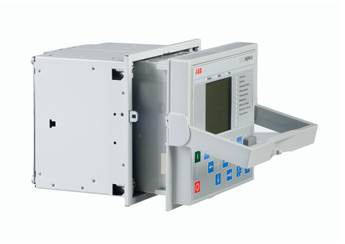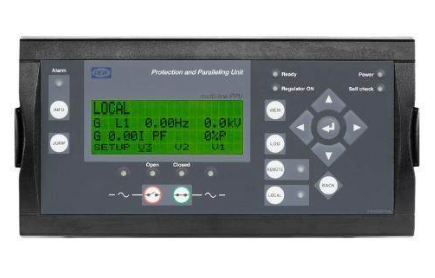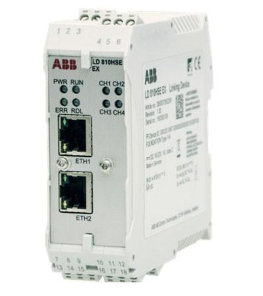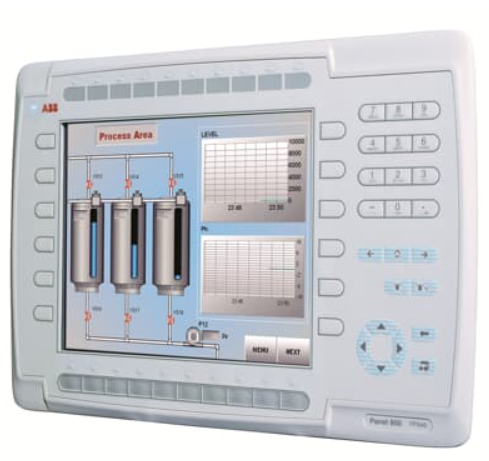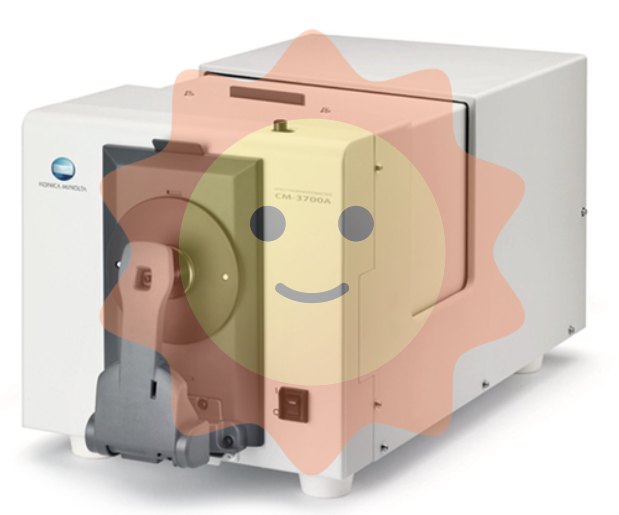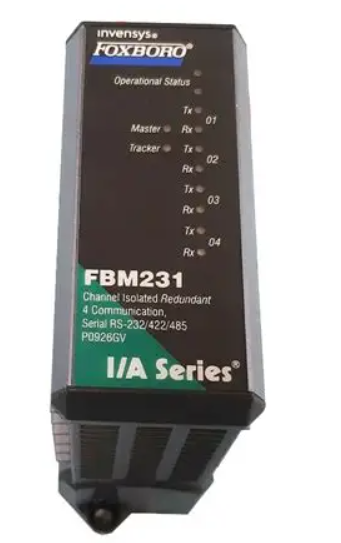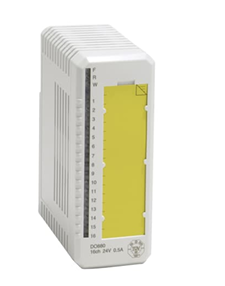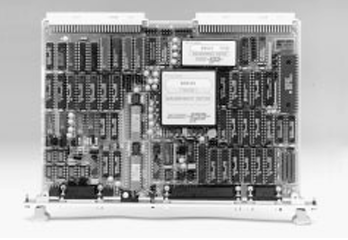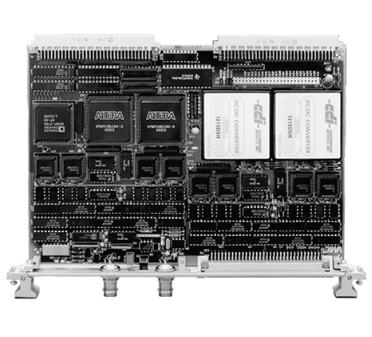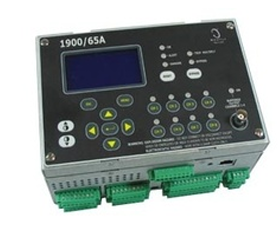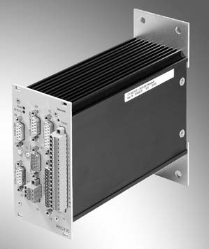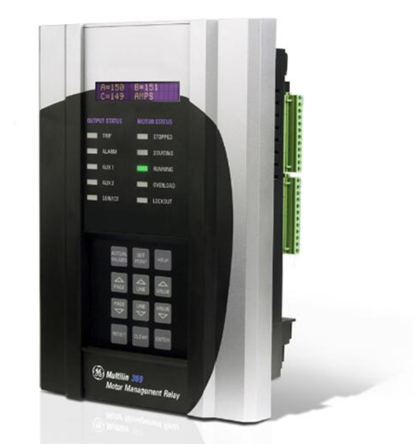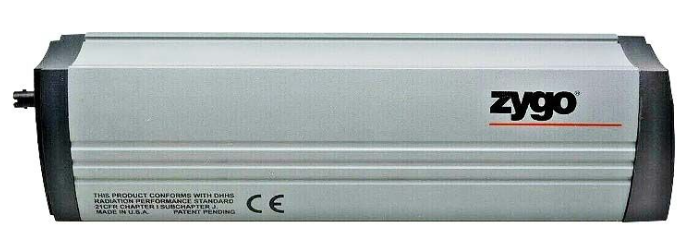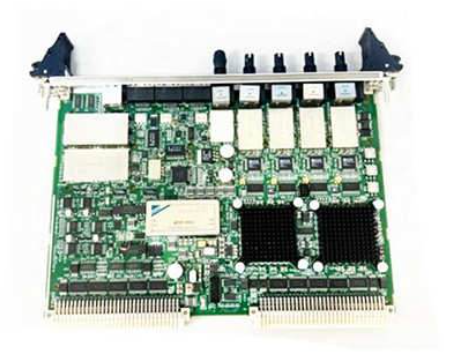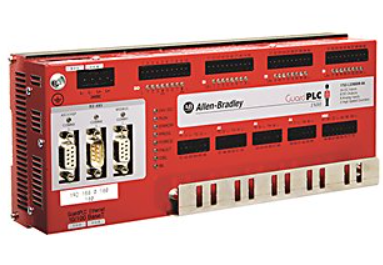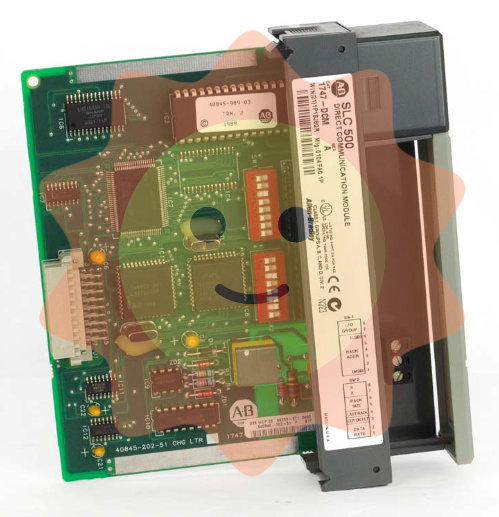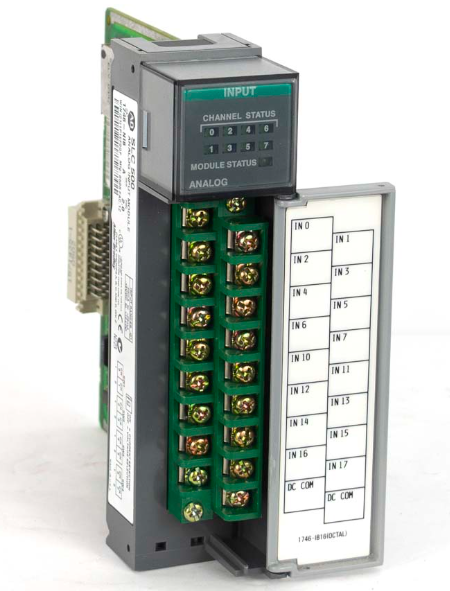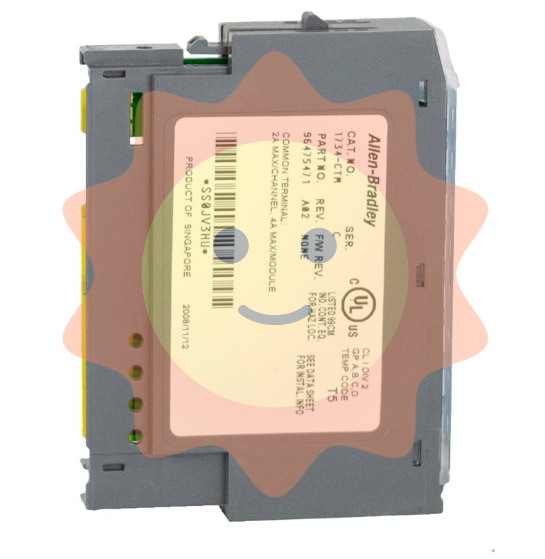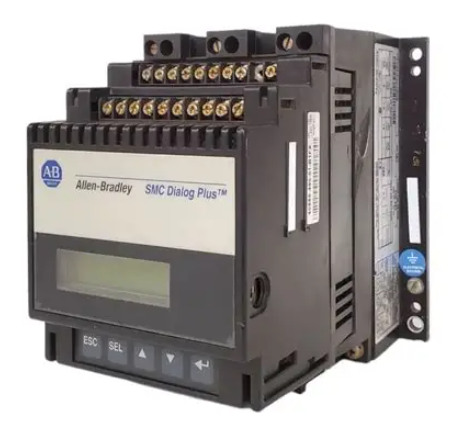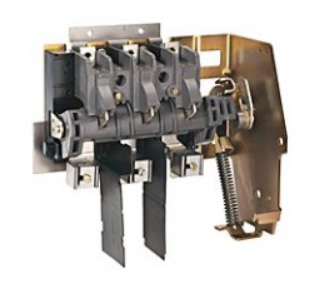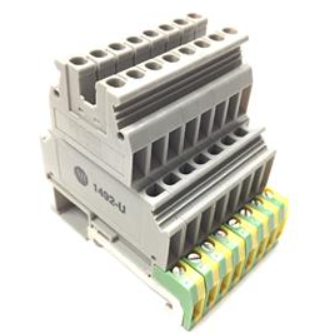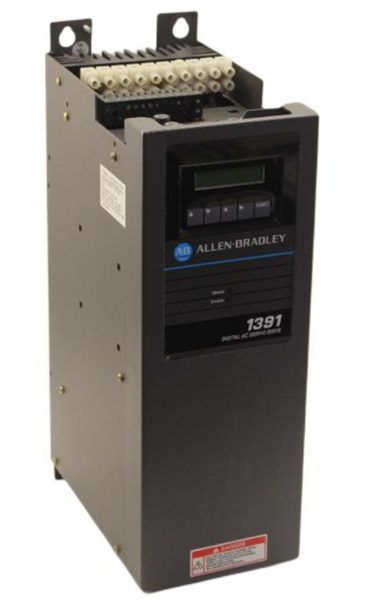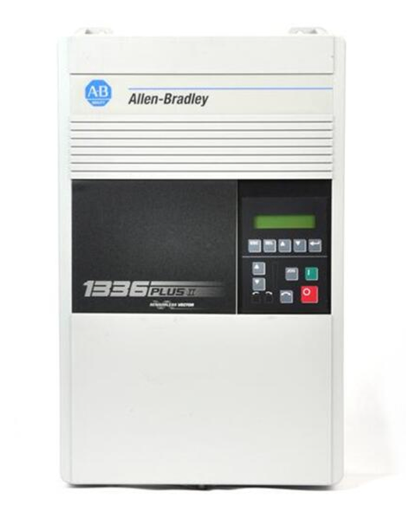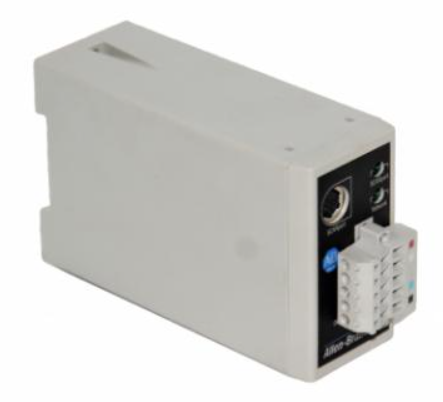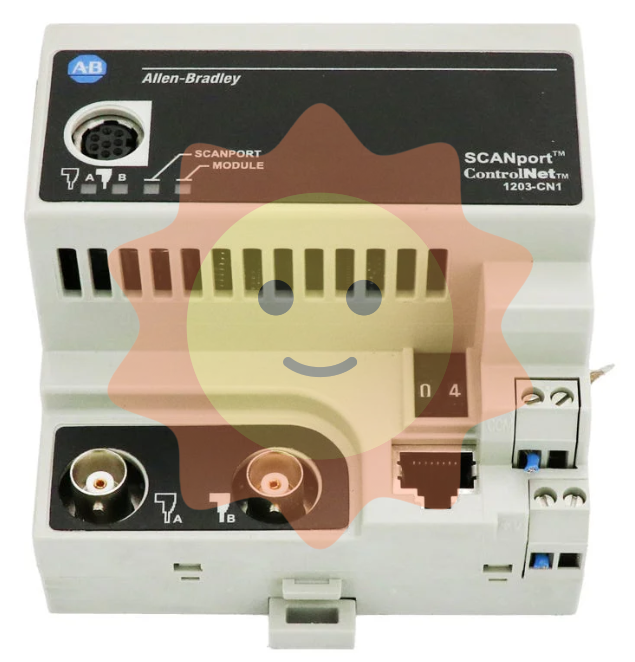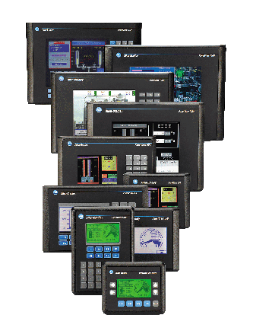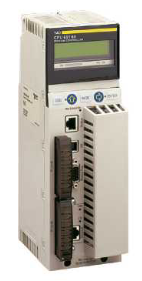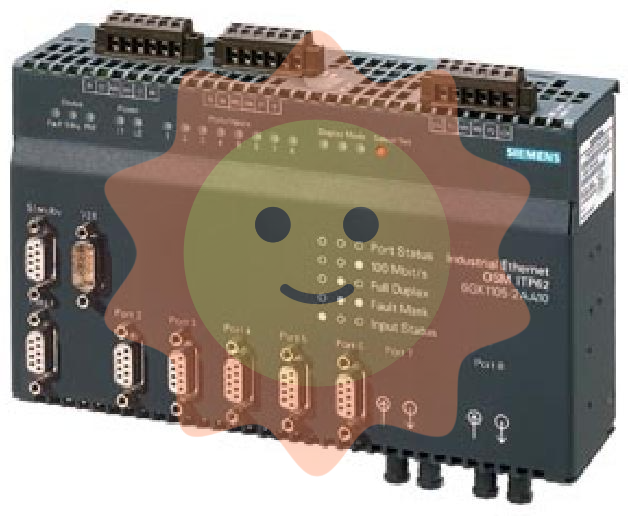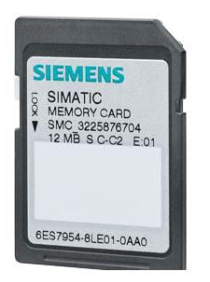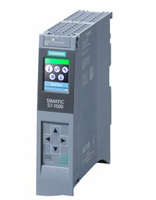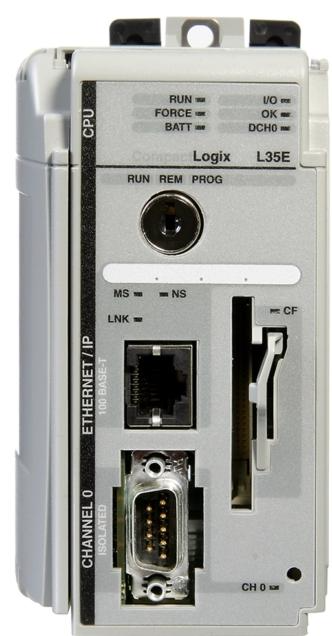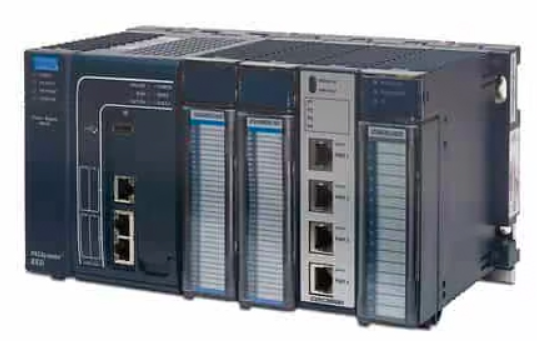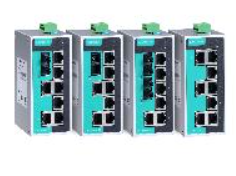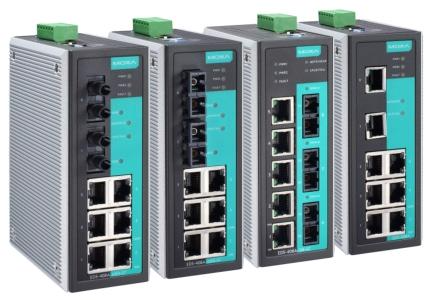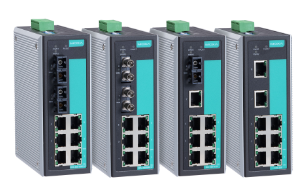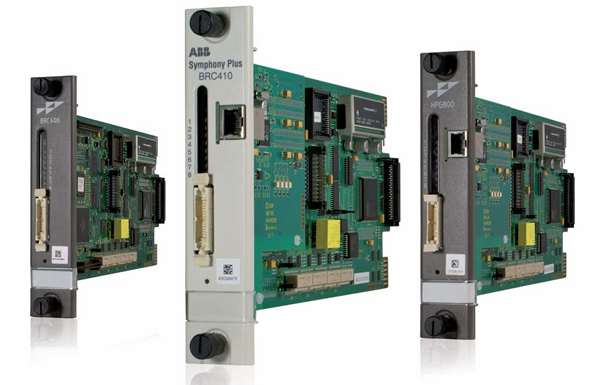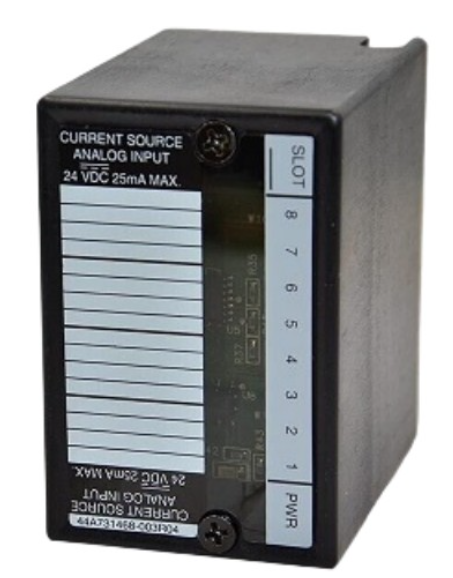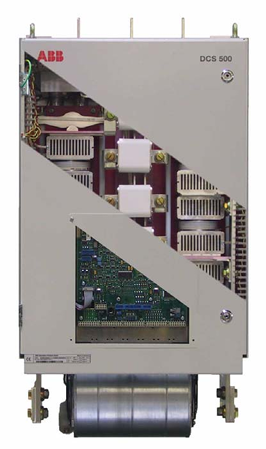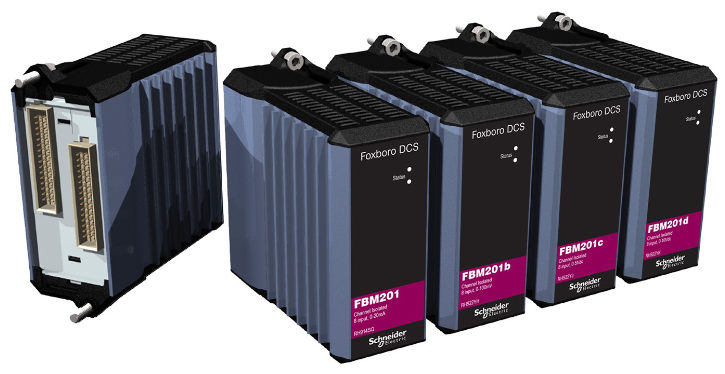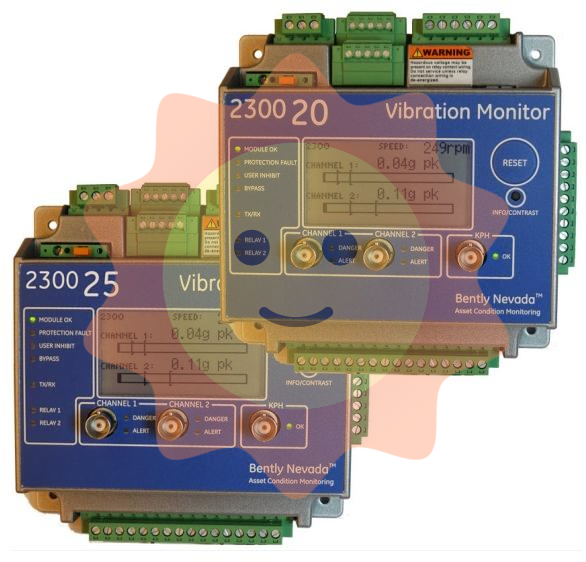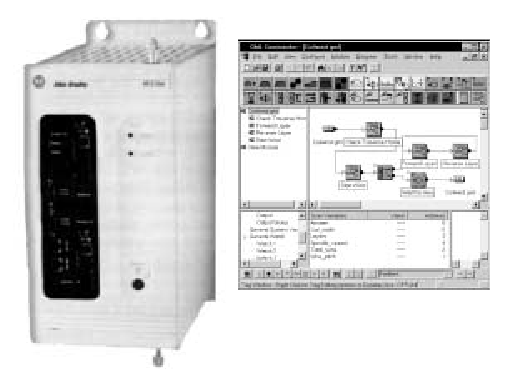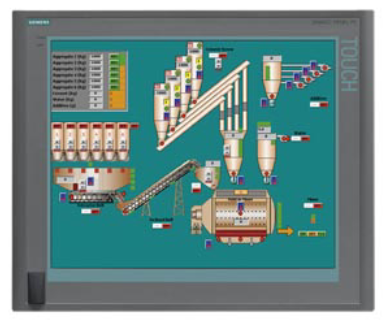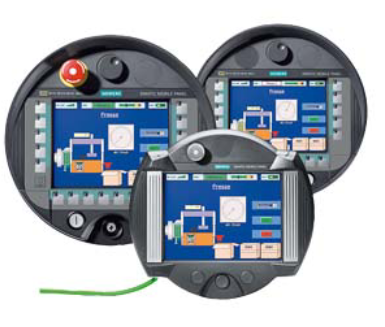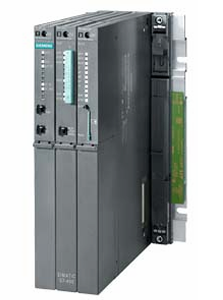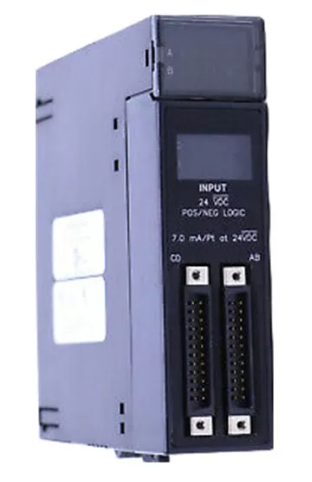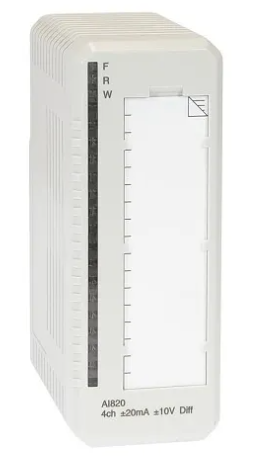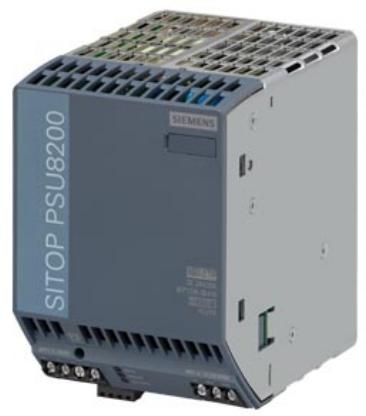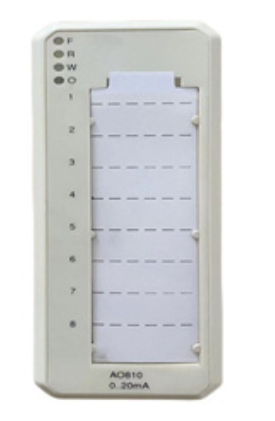GE IS230PCAAH1B is a core analog I/O module specially designed by General Electric for Mark VIe systems. It plays an important role in industrial automation and control systems, especially in the operation control of gas turbines. Its functional characteristics, hardware composition, and application scenarios demonstrate the key value of this module.
IS230PCAAH1A core analog I/O module
GE IS230PCAAH1A is a core simulation module designed specifically for Mark VIe systems, developed and manufactured by General Electric. It plays a critical role in industrial automation and control systems, particularly in the operation and control of gas turbines.
Functional characteristics
Comprehensive analog signal processing
The large amount of analog signal input/output (I/O) work required for operating gas turbines is jointly undertaken by the core simulation (PCAA) module and related core simulation (TCAS and TCAT) terminal boards. Specifically, PCAA and TCAT can provide various types of signal processing functions. For example, thermocouple input is crucial for accurately measuring the temperature at different locations inside a gas turbine. Through precise temperature monitoring, equipment overheating can be effectively prevented, ensuring that the gas turbine is always in optimal operating condition; 4-20 mA current loop I/O, as a standard method with high resistance to electrical noise when transmitting analog signals over long distances, can reliably communicate with various sensors and actuators; The earthquake input function enables real-time monitoring of vibrations and other seismic activities that may affect the operation of gas turbines, helping to detect potential problems in advance and take preventive measures to avoid equipment damage; The excitation and input functions of the Linear Variable Differential Transformer (LVDT) enable high-precision measurement of linear displacement, enabling precise monitoring of the position of gas turbine components and providing strong support for the efficient and safe operation of the equipment; Pulse rate input is used to measure the speed of rotating components inside a gas turbine, which is essential for ensuring that the equipment operates within a safe and efficient parameter range; The servo coil output can control the driving of various mechanical components, achieve precise adjustment of gas turbine operation, and thus improve overall performance.
Adapt to multiple system architectures
This module has excellent compatibility and is suitable for simplex, duplex, and triple module redundancy (TMR) systems. In practical applications, a single TCAT terminal board can flexibly allocate signal inputs to one, two, or three PCAA modules. This flexible allocation method greatly enhances the scalability and adaptability of system configuration, and can meet the diverse needs of different users for system redundancy and performance.
Hardware composition
Internal board combination
The entire module includes a processor board shared by all Mark VIe distributed I/O boards, responsible for data processing and instruction execution; Two application I/O boards, mainly responsible for the input and output processing tasks of analog signals; And a terminal board for connecting external devices to the internal circuits of the module. However, the entire module is set as the least replaceable unit and does not provide relevant support for diagnosing or replacing the individual boards that make up the module.
Power and network connection
The module obtains power through a 28 V DC power connector and is equipped with two RJ45 Ethernet connectors for data communication. At the edge of the module, there are 120 European style box terminals that provide I/O interfaces for field devices. In addition, power is supplied to the JGPA board through connector P4, and the module is connected to TCAT via two 68 pin cables on connectors P1 and P2.
Signal grouping and connection method
The PCAA signal is divided into two groups. The TCAT terminal board is responsible for routing signal inputs, which can be fan out from a single input to a single, duplex, or TMR PCAA module. For signals dedicated to a single PCAA module, they are directly connected to the corresponding terminals. If fan out input is not required in practical applications, the PCAA module can also be used independently without connecting to TCAT.
Application scenarios
Due to its powerful functionality and flexible configuration features, the GE IS230PCAAH1A core analog I/O module is mainly used in fields that require extremely high equipment stability and control accuracy. In the gas turbine power generation system of the power industry, it can accurately control the operating parameters of the gas turbine, ensuring the efficiency and stability of the power generation process; In the oil and gas industry, it can be used to monitor and control various complex industrial equipment to ensure the safety and reliability of the production process; In other complex industrial environments that require precise analog signal processing, this module can also play an important role in providing solid guarantees for the stable operation of industrial automation and control systems.

- User name Member Level Quantity Specification Purchase Date
- Satisfaction :
-









Email:wang@kongjiangauto.com

